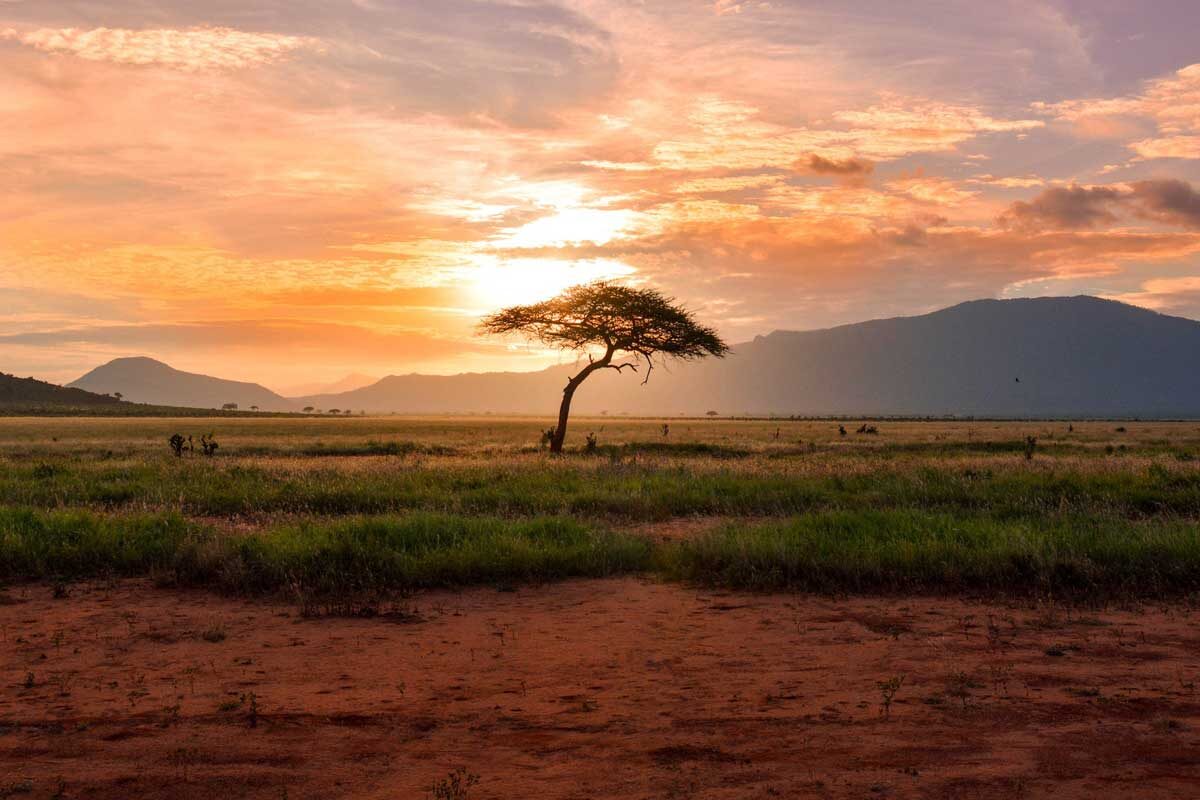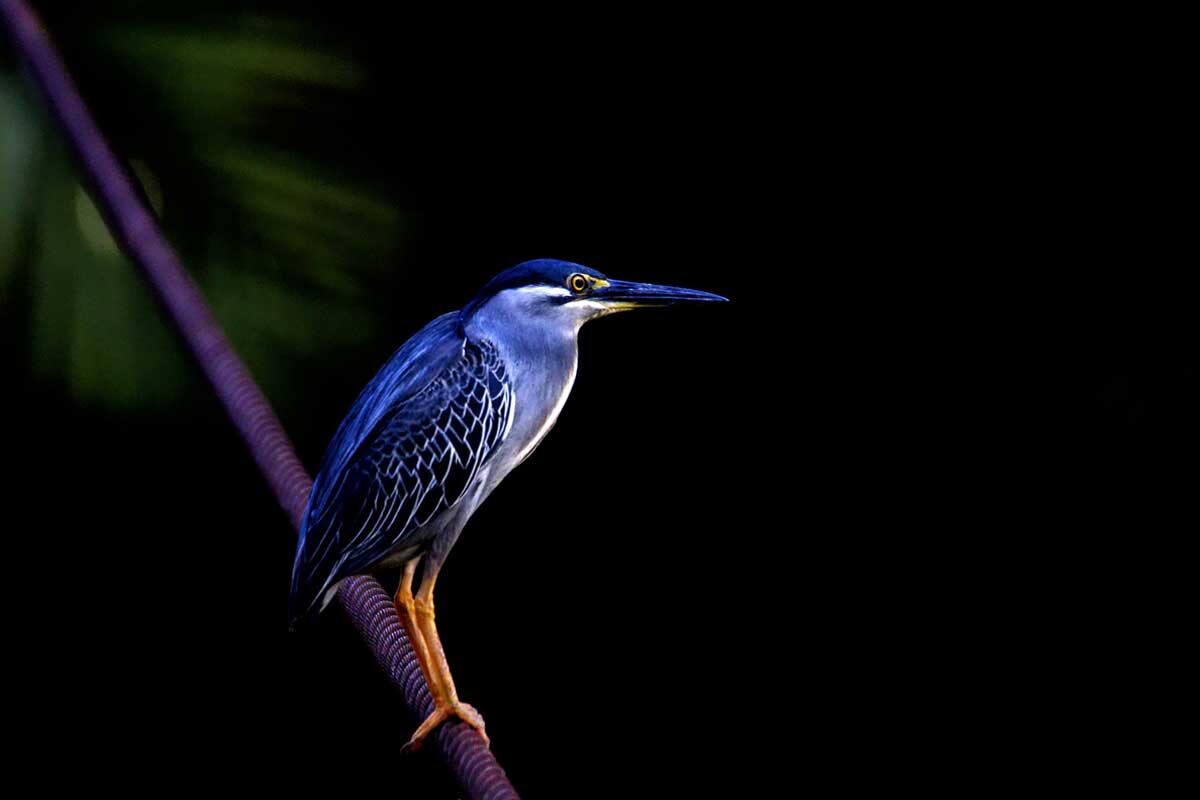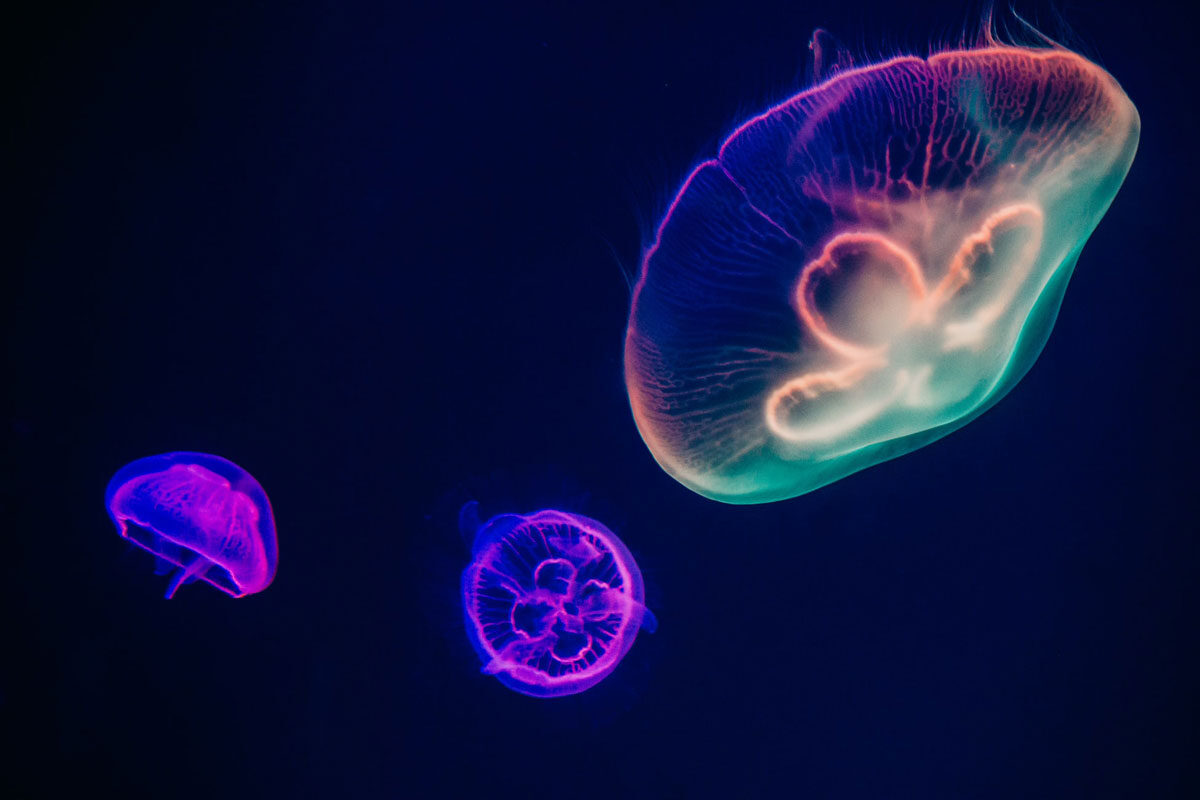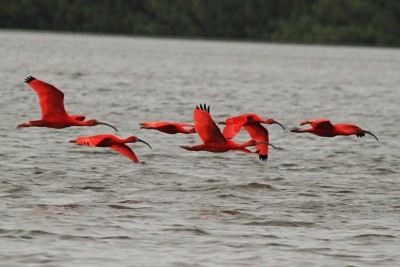The island republic of Trinidad and Tobago, often abbreviated to ‘T&T’, sits at the southernmost end of the Lesser Antilles chain in the Caribbean. The larger island, Trinidad, lies less than seven miles off the Venezuelan coast of mainland South America.
Despite being among the least appreciated and explored of the Caribbean islands, for its compact size Trinidad and Tobago is actually one of the most impressive Caribbean locations in terms of its variety of wildlife and habitats. It boasts more than 430 bird species, over 100 species of mammal, roughly 70 reptiles and 760 different butterflies.
Compared with many other Caribbean islands, visitors to T&T are generally not corralled in all-inclusive resorts or holed-up on private beaches. Hundreds of miles of undeveloped coastline still remain, whilst large tracts of tropical rainforest display towering canopies of mahogany and teak. Leatherback turtles come ashore to lay their eggs, manta rays glide over healthy coral reefs, and manatees cruise the inshore waters. Inland, howler monkeys call from the forest canopy and secretive ocelots prowl the jungle labyrinth.
However, it is the birding in Trinidad and Tobago which truly excites the wildlife enthusiast. Trinidad’s national bird, the scarlet ibis, roost in their thousands at Caroni Swamp on its west coast, a dazzling spectacle not to be missed. On Tobago, tropicbirds, frigatebirds, boobies and terns use small islands just offshore such as Little Tobago as nesting sites. Two endemic species can be found in the islands – piping guan and Trinidad motmot – along with numerous hummingbirds, tanagers, trogons, toucans and parrots.
Trinidad and Tobago’s rich and unspoilt environment, unpretentious feel, vibrant population, diverse ethnic groups, dazzling carnivals and fabulous festivals make it a magical Caribbean destination not to be missed.
















